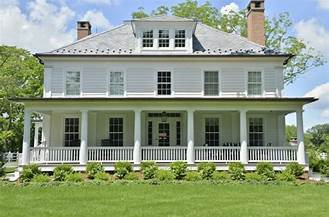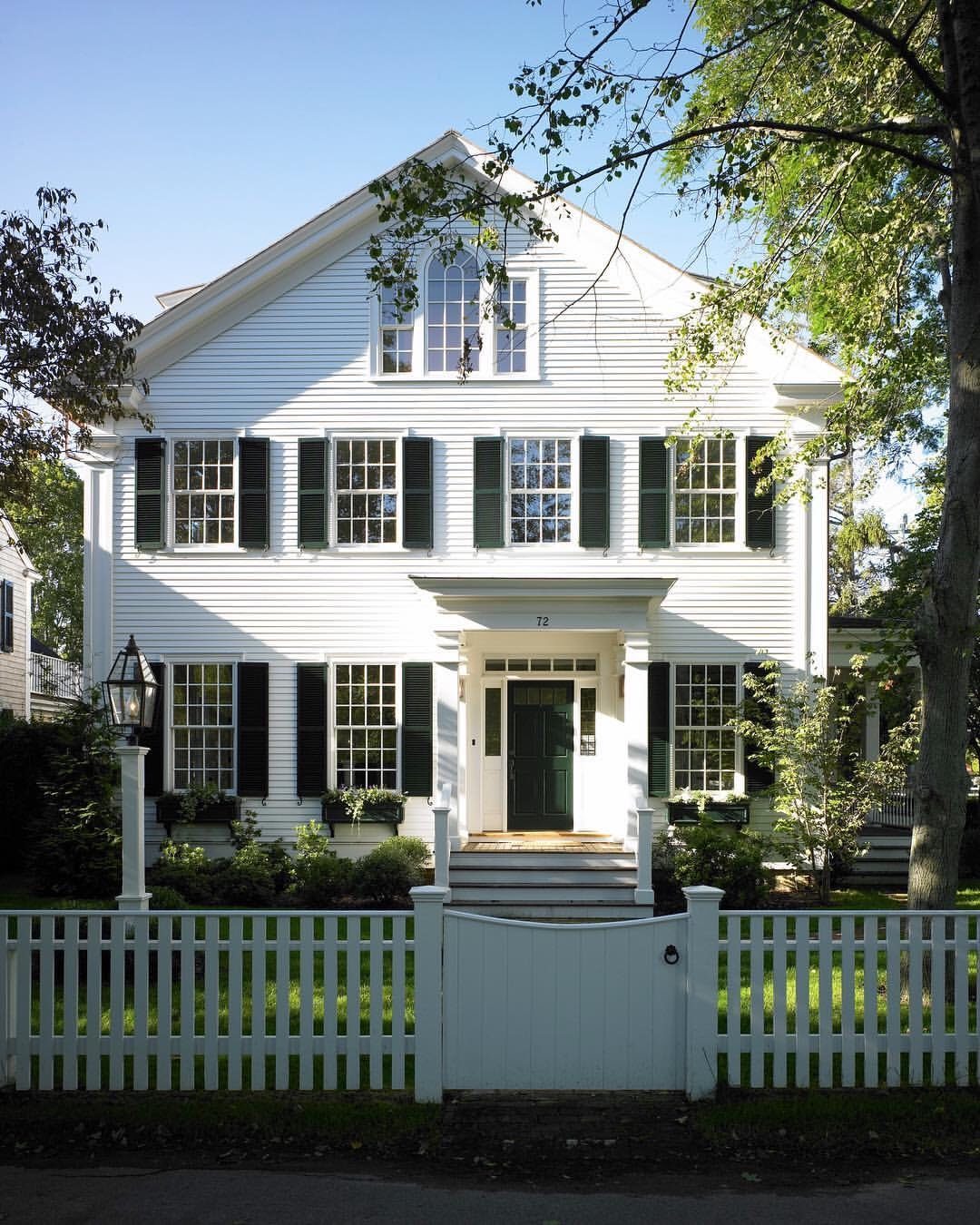 Greek Revival ho
Greek Revival ho uses are a distinct and elegant architectural style that gained popularity in the United States during the early 19th century, approximately from 1825 to 1860. This style drew inspiration from the ancient Greek temples, emphasizing symmetry, proportion, and simplicity.
uses are a distinct and elegant architectural style that gained popularity in the United States during the early 19th century, approximately from 1825 to 1860. This style drew inspiration from the ancient Greek temples, emphasizing symmetry, proportion, and simplicity.
Key Features of Greek Revival Houses:
- Columns and Pilasters: The most recognizable feature is the use of tall columns, often of the Doric, Ionic, or Corinthian order. These columns typically support a pediment, creating a grand and temple-like facade.
- Pediments: The triangular pediment, often seen in Greek temples, is a defining element. It is usually positioned above the entrance, giving the house a classic and majestic look.
- Symmetry: Greek Revival houses are known for their symmetrical designs. The facade is usually balanced, with evenly spaced windows and a centered front door.
- Bold Cornices: The cornice, or the uppermost section of the wall just below the roof, is often very prominent and decorated with dentils (small tooth-like projections).
- Wide Entablatures: This feature includes the architrave (the beam that rests on top of the columns), the frieze (the horizontal band above the architrave), and the cornice. The entablature is often elaborately decorated.
- Entryway: The entrance is often grand, with a transom window (a window above the door) and sidelights (windows on either side of the door). The door itself is usually large and paneled.
- Windows: Typically, the windows are tall and narrow, with shutters. They often have small panes of glass and are symmetrically placed.
- Roof: The roof is usually low-pitched or gabled, often with a wide overhang supported by the bold cornices.
- Materials: Many Greek Revival homes are made of wood and painted white to resemble the marble of Greek temples. However, brick and stone were also commonly used.
Greek Revival architecture symbolizes the aspiration towards democracy and classic ideals, reflecting the young nation’s admiration for ancient Greece. Many public buildings, banks, and homes from that era showcase this stunning architectural style. These houses continue to be cherished for their timeless beauty and historical significance.


 Facebook
Facebook
 X
X
 Pinterest
Pinterest
 Copy Link
Copy Link


